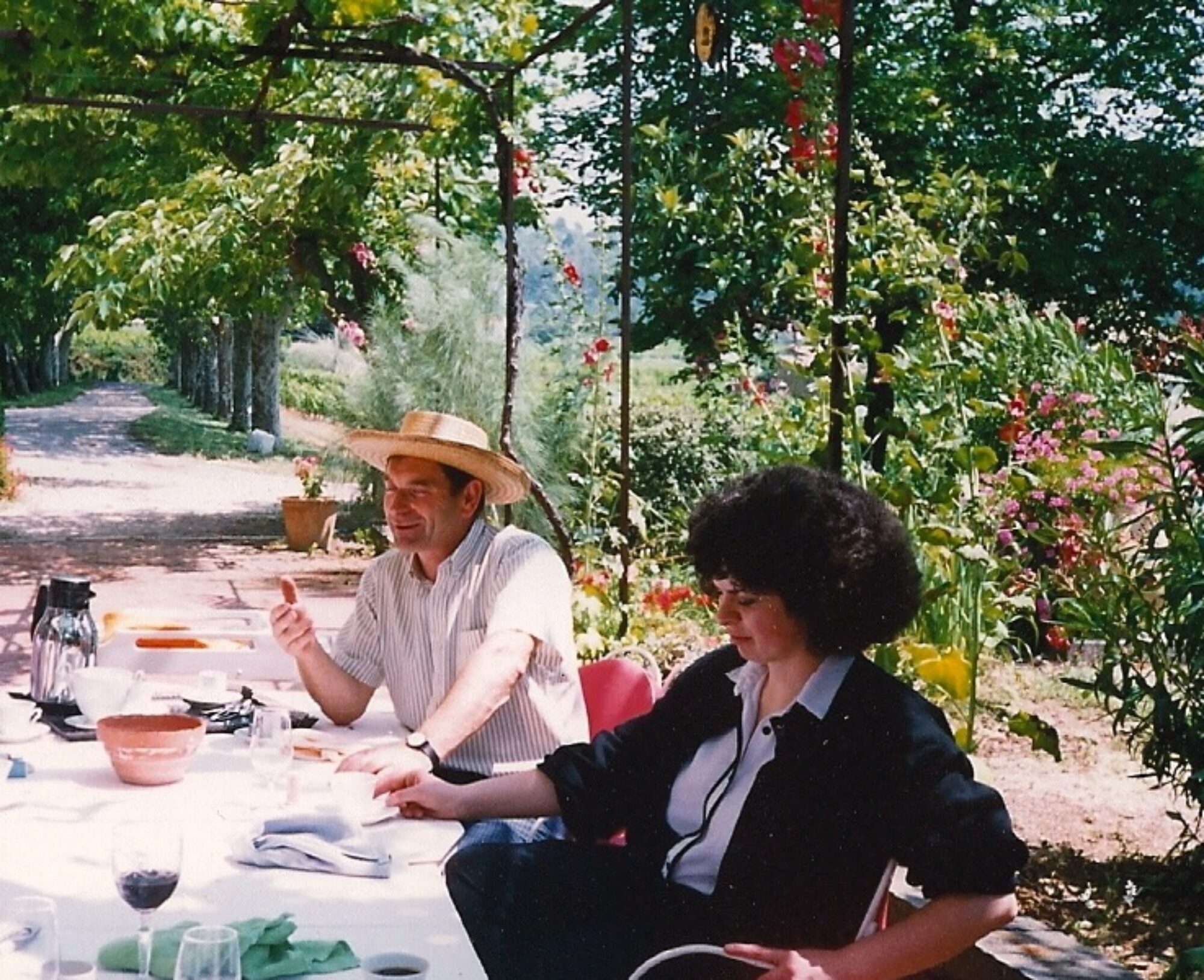A German shored up in the highlands
of Michoacán, Enrique had embraced
his Mexican name and Mexican life.
He and his wife graciously hosted
me one week in Nineteen Eighty-One.
Teresa was curator of the regional
Museo de artes e industrias populares.
As for Enrique, he eked out a living
restoring faded frescoes and decrepit
canvases in dilapidated churches.
There were many around, some
dating back to the sixteenth century.
Mornings we rode across the high
savanna in the back of pickups
along with his kit of brushes, rags,
pigments and vials of volatile fluids.
Then in the acrid shadows of a dusty
vault, transept or nave where motes
danced calliope-like in slanting beams,
himself a figure in chiaroscuro,
Enrique would labor to retrieve
the haloed saints and wingèd angels
conscripted artists painted centuries ago.
When the sun reached its zenith, he’d
stop work wherever he was, assemble
and pack his disparate ad hoc gear.
We would journey an hour or two back
to Pátzcuaro, whose lake’s glossy surface
is where the membrane between life
and death is thinnest, gossamer so sheer
it may momentarily seem not there.
Once home, he would shut the gate
to his compound, trade his paint-splotched
overalls for the rough white cotton
combination suit common in town,
indulge in a first pungent shot from
his working jug of agave mescal,
then settle in for the rest of the day.
This looked to me like an ideal life,
succulent grounds for an ideal death.
